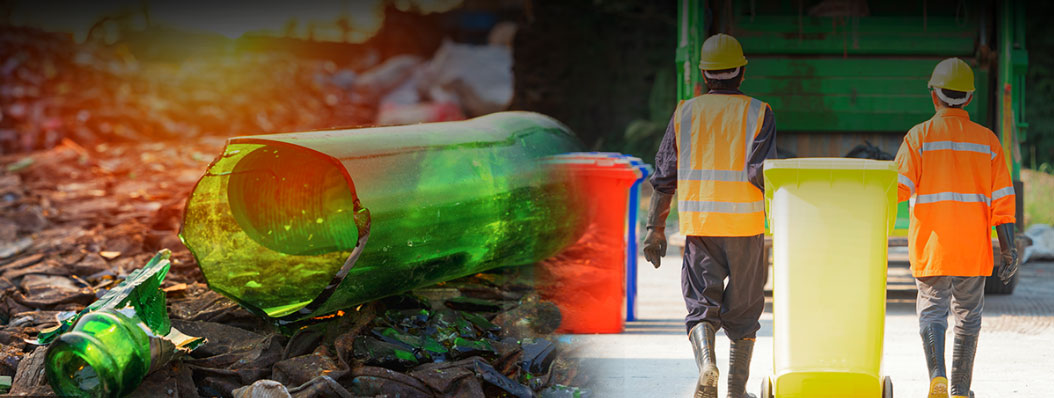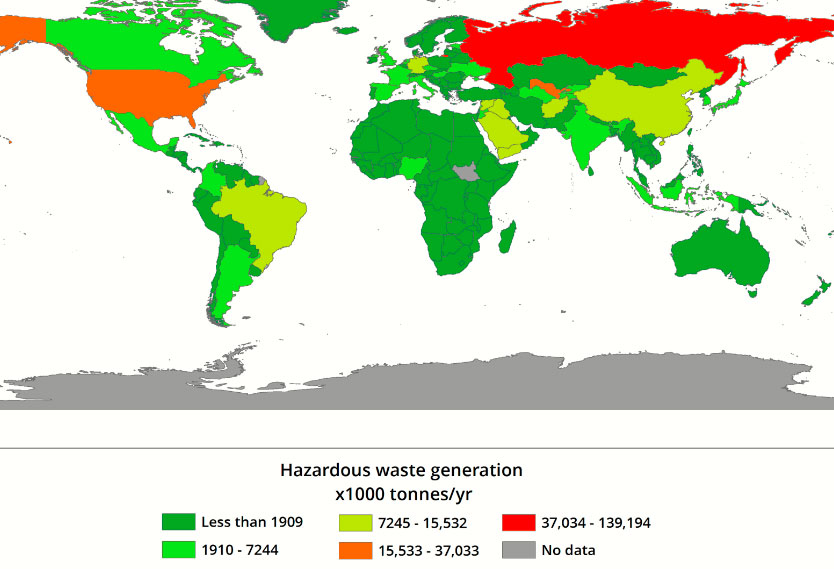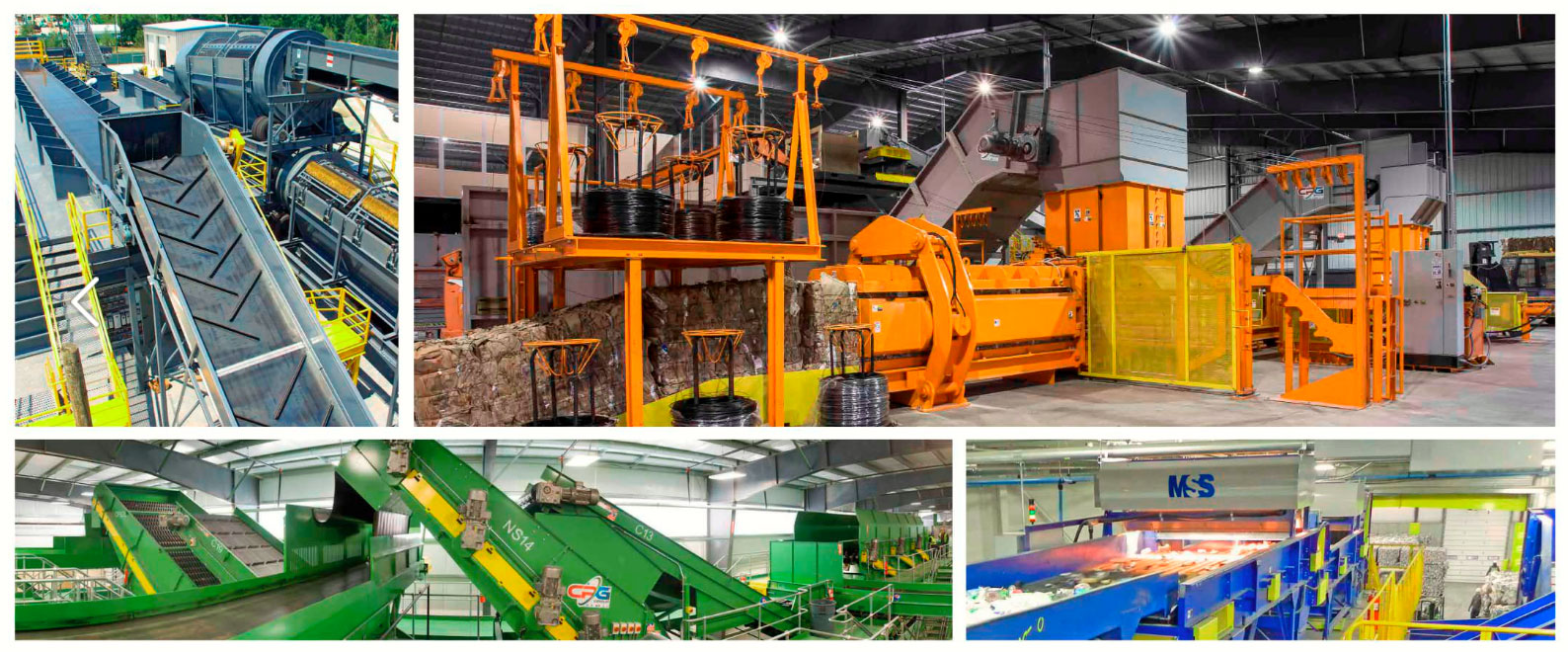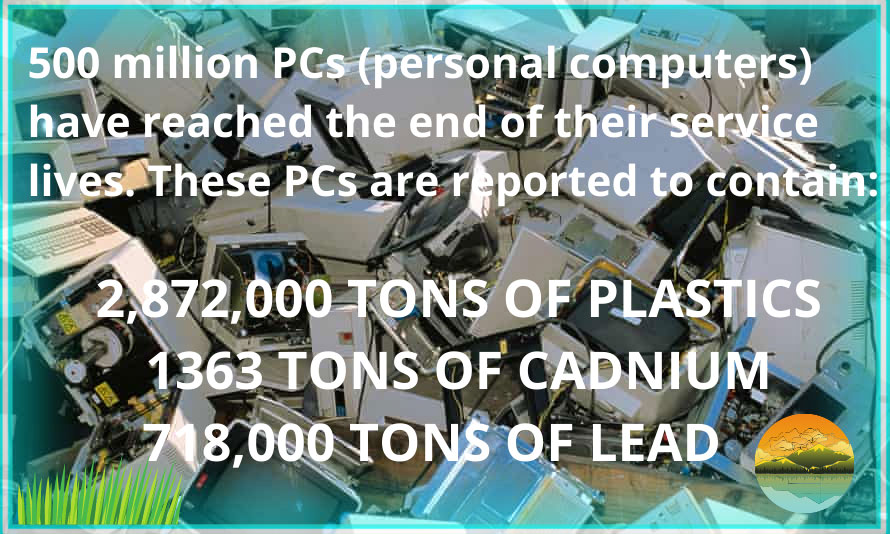
Recycling may be great for the environment but, workers in the recycling industry face their own set of unique health and safety hazards.
The day to day generation of hazardous waste in many parts of the world poses tremendous threats to humans, animals, and the ecosystem at large. According to research by the United Nations Environment Programme (UNEP), about 400 million tons of hazardous waste are generated globally every year, Taking into consideration the various types of hazardous waste sources, such as e-waste and biomedical waste, several studies have revealed some critical data concerning their generation. While recycling is good for the environment, it can be dangerous for workers.

Advanced recycling equipment, such as trash compactors, have made the process easier for workers. However, such equipment cannot replace the skills of humans and human intervention remains a crucial part of the process. Workers in the recycling industry are often confronted with several types of health and safety hazards due to the nature of the operations. The workers often find themselves having to reach, jump, twist and hunch over to sort materials on fast-moving conveyor belts with fixed dimensions.


If we are serious about solving the world’s ecological crises, we need to invest in protecting the lives and livelihoods of workers whose daily efforts are reducing pollution, conserving precious resources and mitigating climate change. Recycling is the right thing to do, but it has to be done the right way. Meaning we need to educate and empower workers, and use proven prevention strategies which will reduce exposure to hazardous conditions.
#SAFETYONPURPOSE

